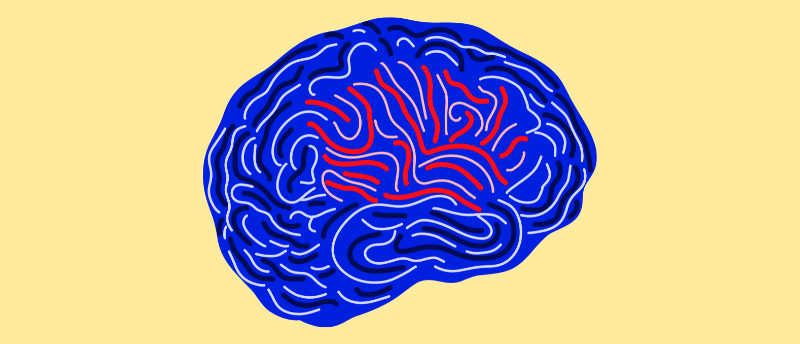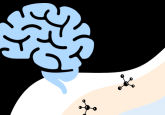First disease-specific markers for frontotemporal dementia

Researchers have identified proteins that are specific to frontotemporal dementia, a rare form of dementia affecting younger people.
Frontotemporal dementia is a rare form of dementia that has eluded researchers and clinicians for years. Now, using aptamer-based proteomics, researchers from the University of California, San Francisco (CA, USA) have identified proteins that are specific to FTD, shedding light on the disease and opening the door to new diagnostic methods and potential therapeutics.
Dementia usually affects people over the age of 65; however, FTD is a rare form of dementia that is usually diagnosed in people aged 45–65, although it can affect younger individuals. There is currently no method for definitively diagnosing FTD in living people, and it can often be mistaken for depression, schizophrenia or Parkinson’s disease.
 TAF15: a vital proteomic clue to the mystery of frontotemporal dementia
TAF15: a vital proteomic clue to the mystery of frontotemporal dementia
Aggregates of TAF15 have been found in the brains of individuals with a type of early-onset dementia, providing a new target for the treatment of this condition.
To investigate the disease, the researchers used aptamer-based proteomics to analyze over 4000 proteins in spinal tap fluid from 116 individuals with inherited FTD and compared them to 39 of their non-carrier relatives.
The researchers identified 31 protein co-expression modules. Proteomic signatures of FTD included an increased abundance of RNA splicing and extracellular matrix modules, and a decreased abundance of synaptic/neuronal and autophagy modules. This indicates that people with FTD have problems with RNA regulation and brain connectivity.
The proteins the researchers identified could be the first FTD-specific markers that emerge as the disease develops in middle age, offering potential biomarkers for diagnosis or therapeutic targets.
Corresponding author Rowan Saloner commented: “If we’re able to identify FTD early on, perhaps using some of the proteins we’ve identified, we can direct patients to the right resources, get them into the right therapeutic trials, and, ultimately, we hope, provide them with precision treatments.”





